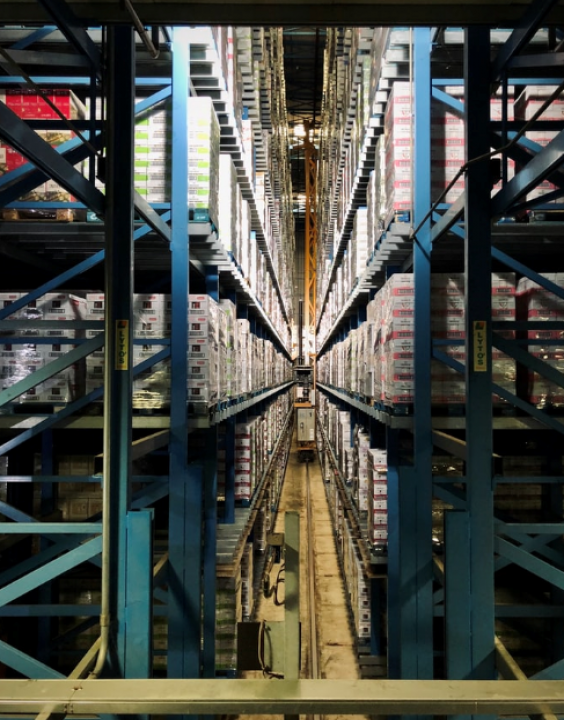Warehouse management practices to improve inventory control
Efficient warehouse management is very important, as it enables to ensure the proper course of the logistic process, without any disturbances or delays. Many entrepreneurs are wondering what are the best practices in warehouse inventory management, which enable both keeping the stock in proper condition and ensuring efficient order processing. How to manage a warehouse? Let us give you a hint.
The best practices in warehouse management – what you need to know
Efficient warehouse management requires a lot of time and even more effort. Proper inventory management facilitates the processes of identifying and picking goods , and enables to manage the logistics chain efficiently. Therefore, certain rules should be implemented from the very beginning, when the warehouse is still empty. The more goods are stored, the more difficult it is to streamline processes and a reorganization of the warehouse space is more time consuming. What good practices in warehouse management are worth implementing?
Plan your warehouse space
The first, basic practice in warehouse management to consider is, obviously a proper space arrangement. Every square meter is worth gold and should be utilized to the maximum. It is important not only to plan it, but also to label it properly. This way the goods will be transported quickly and efficiently and the employees will be able to locate the desired objects easily. In the planning process of storage system arrangement, it is worth considering keeping a minimum distance between each storage tower necessary to allow forklifts and other machines used by employees to move freely.
It is also necessary to designate transport routes and administrative positions, as well as to determine each product alocation. Best practices in warehouse inventory management also require taking into account current health and safety regulations as well as fire conditions.
Facilitate accessing to stored products
The key factor is a proper goods labelling and allocating. A good and clear layout of the space facilitates and accelerates a process of receiving goods. This principle should be applied not only while receiving but also issuing goods . In order to ensure easy access to products, it is worthwhile to store the best-performing goods in the close vicinity of picking points starting from the storage area. That accelerates the process of their picking and shipping.
Ensure regular goods movement!
Good inventory management practices also require regular goods movement. In large warehouses, the so-called “storage areas”, which temporarily contain articles waiting to be received, issued or damaged products , should be distinguished. Before they get stored at the final destination of the warehouse, they should be carefully checked, labelled and left in the separate zone.
How to manage inventory?
Depending on an industry profile, product demand derives seasonally. One of the basic good practices in inventory management, is keeping an appropriate quantity of goods in stock. There is no point in keeping the same quantity of each product permanently throughout the whole year. The products of regular demand should be available in the warehouse each season, although their quantity should be optimal not to freeze a working capital. Too many goods in stock increase costs of storage maintaining, and thus does not allow to achieve an assumed profits. The inventory planning requires to considersales figures from previous years.
Conduct quality control
In terms of the best practice in warehouse management it is important to carry out quality control on a regular basis. Within these activities, each product should be checked before packing and shipping, and any noticed defects should be recorded in the system. It is worth remembering that damaged goods should be stored in a separate, designated zone. This procedure enables to detect products damages in time, and thus stock an appropriate quantity of products as well as carryout subsequent orders.
The introduction of the best practices in warehouse management will facilitates processes significantly. However, it is worth remembering about regular training of employees and increasing their competences, which will also certainly result in improving an effectiveness of storing.






